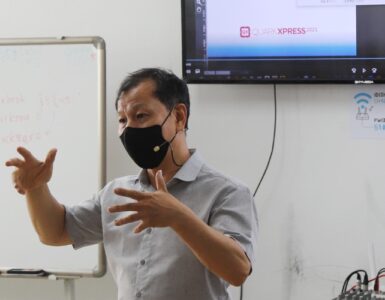As we navigate the rapidly changing landscape of work, it’s clear that the intersection of technology and education is more crucial than ever. Mauricio Macri, the former president of Argentina, hit the nail on the head when he remarked that “the future of work is a race between technology and education.” With each technological leap, our education systems must evolve to ensure that students are equipped with the skills and competencies needed to thrive in the digital age.
So, how can higher education institutions rise to this challenge? Let’s dive into some key areas that need our attention!
Rethinking Curricula for Modern Learners
To stay relevant, degree programs and courses must be reimagined. Gone are the days when a traditional lecture format sufficed. Instead, institutions should integrate real-world applications and current industry needs into their curricula. This means not just teaching theoretical knowledge but also fostering critical thinking, problem-solving, and adaptability among students.
Embracing Corporate Partnerships
Collaboration between educational institutions and corporations is becoming increasingly essential. By forming partnerships, universities can gain insights into the skills that employers are looking for, allowing them to tailor their programs accordingly. For instance, Stanford University’s approach of giving corporate hiring departments direct access to students is a model worth emulating. Such partnerships can create a direct pipeline between education and employment.
The Rise of Competency-Based Education
Competency-Based Education (CBE) is gaining traction as a way to meet the diverse needs of today’s students. Unlike traditional models, CBE focuses on mastering specific skills rather than just completing courses. This shift not only prepares students for the workforce but also allows them to learn at their own pace. Institutions like Capella University and Western Governors University are leading the charge by prioritizing competencies over traditional learning outcomes.
Preparing for the Fourth Industrial Revolution
As we stand on the brink of the Fourth Industrial Revolution, marked by advancements in AI and robotics, the demand for new skills will only continue to grow. The World Economic Forum predicts that 133 million new roles will emerge globally, which means our education systems must be agile and forward-thinking. Preparing students for these future roles requires a focus on interdisciplinary learning and a curriculum that adapts to emerging trends.
Conclusion: A Collective Effort
Closing the skills gap isn’t a one-off task; it’s an ongoing journey that requires collaboration between educators, employers, and policymakers. By rethinking how we educate our future workforce, we can ensure that students are not only ready for the jobs of today but are also equipped to adapt to the demands of tomorrow.








